I was never able to pin down a specific meaning for masculinity. But I did have an image in my mind of what it looked like: a leader, strong, reserved, an outdoorsman. You get the picture.
At first glance, those seemed like solid traits. But as I started to dig deeper, I realized I had it all wrong—and I’m finding that many men do too. That image, while painted with strong strokes, left out something vital.
Here’s the truth: you can be masculine without fitting into that rigid mold. Masculinity is not a checklist of traits. It's an energy—a way of being.
Where things start to unravel for many of us is in trying to force ourselves into a narrow box of "masculine traits," and feeling like failures when we fall short.
Masculinity, as it's been taught, has been stuck in outdated ways. Or maybe the better question is: has it ever been truly whole?
We often define masculinity as being a protector, a leader, strong and grounded. But has this version robbed men of the ability to truly connect? Or have men always been just a little bit disconnected?
Today, society is torn between two extremes. On one side, there’s the traditional expectation that men should be strong, stoic leaders and protectors. There's nothing wrong with that—until it turns into bullying, aggression, and emotional suppression.
On the other side, we have a growing narrative that says men are no longer needed. That viewpoint not only causes confusion but creates a divide—leaving men feeling lost, unvalued, and withdrawing further.
This is where I knew change was needed.
It’s not about abandoning masculinity—it’s about evolving it. It’s about becoming stronger not just physically, but mentally and emotionally.
That’s the heart of Integrated Masculinity Theory (IMT): breaking free from outdated armor that once protected us, but now holds us back. IMT isn’t about tossing tradition. It’s about tempering it—refining it—so we can build deeper relationships, healthier lives, and true inner strength.
The 5 Core Pillars of Integrated Masculinity Theory (IMT)
1. Self-Awareness
This is where your growth journey begins. Self-awareness helps you understand not just who you are, but how you show up in the world and affect others. When you start exploring your values, beliefs, and emotional triggers, you begin aligning your goals with what truly matters.
There are two sides to this: internal and external awareness. And I’ll break these down more in the future—but know this, awareness is the gateway to personal freedom.
2. Emotional Intelligence
Only in recent years did I begin to grasp the weight of emotional intelligence. For many men, facing emotions can feel foreign—even threatening. But learning to understand your emotional responses, where they come from, and how to articulate them is transformational.
Ever been so angry you exploded? Chances are, that wasn’t just about the moment—it was a buildup. Emotional intelligence gives you the tools to recognize the storm before it breaks, and to respond with clarity instead of chaos.
It’s not weakness. It’s mastery.
3. Authenticity
It’s time to take off the armor. All the masks you've worn to survive—let them go.
Through self-exploration, you uncover your real values, beliefs, and emotions. When you show up in the world aligned with your truth, the weight you’ve been carrying begins to lift. Relationships become more meaningful. Communication becomes effortless.
No more pretending. No more performance. Just you, fully present and powerful.
4. Community & Connection
This journey isn’t meant to be walked alone.
There are other men—many of us—doing this inner work. And as we do, we begin forming deeper bonds, building meaningful relationships, and creating spaces where vulnerability is strength, not weakness.
Support systems are essential. Brotherhood is necessary.
5. Resilience
Many men pride themselves on being “strong and silent,” but here’s the hard truth: explosive anger, chronic irritability, and emotional shutdowns aren’t strength—they’re symptoms.
Resilience is the ability to face hardship without being consumed by it. To feel, to adapt, and to move forward with purpose.
When you understand what’s happening inside you, and can regulate what’s happening around you, the smallest disruptions no longer knock you off course. Failure doesn’t break you—it fuels you.
That’s the strength worth striving for.
These five principles form the foundation of IMT. When I started applying them, paying attention to what was happening within me—both mentally and physically—I felt my entire mindset shift.
And this is just the beginning.
In the next phase, I’ll be bringing in the spiritual dimension, because that’s where my real breakthrough came. When you begin working with your Inner Warrior, you tap into a strength beyond muscle and mindset. It’s the quiet, steady power that makes you unshakable.
But that’s a deeper dive for another time.
Masculinity isn’t dying—it’s evolving.
And the strongest men I know are the ones brave enough to grow.
And the strongest men I know are the ones brave enough to grow.

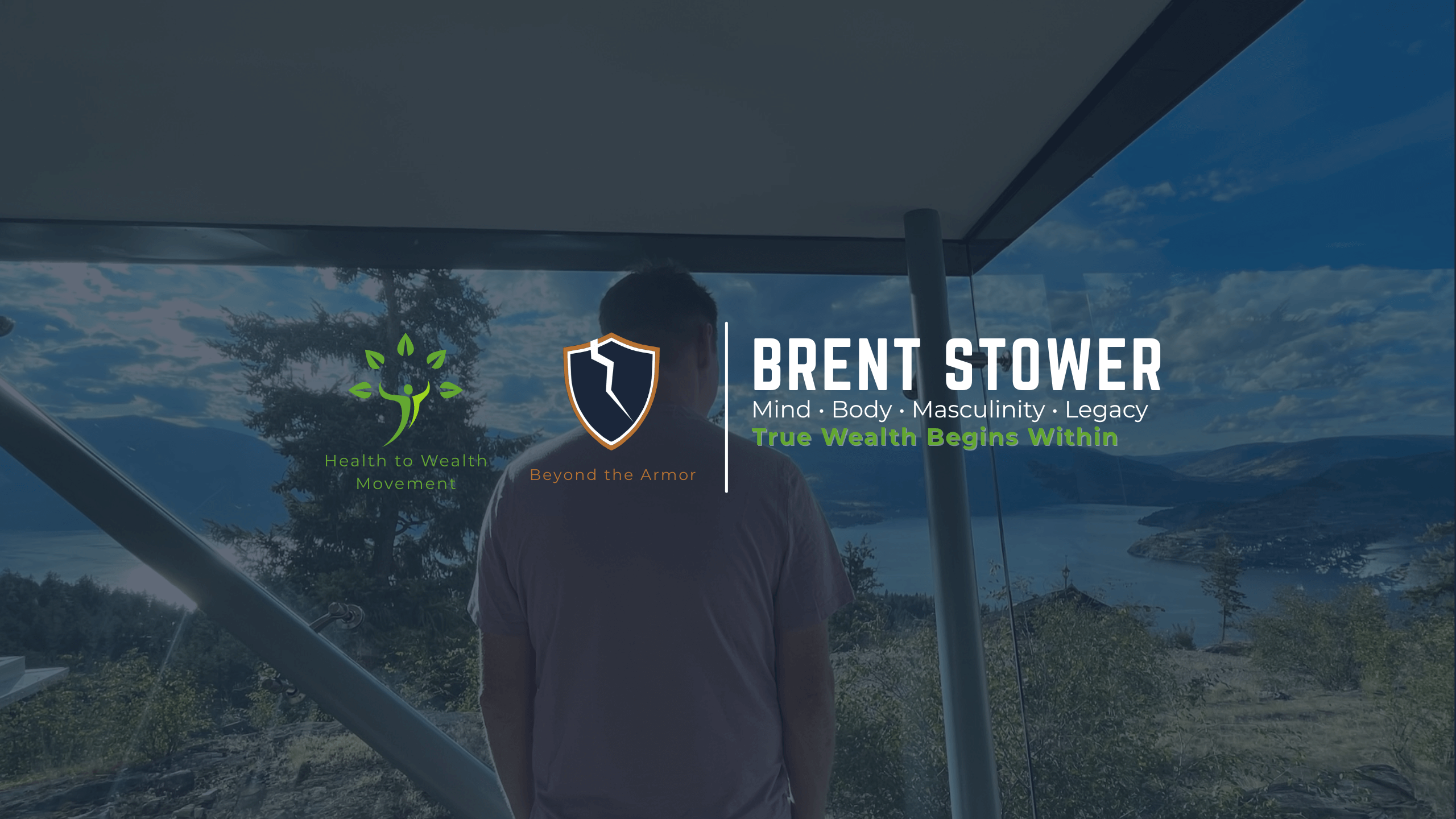
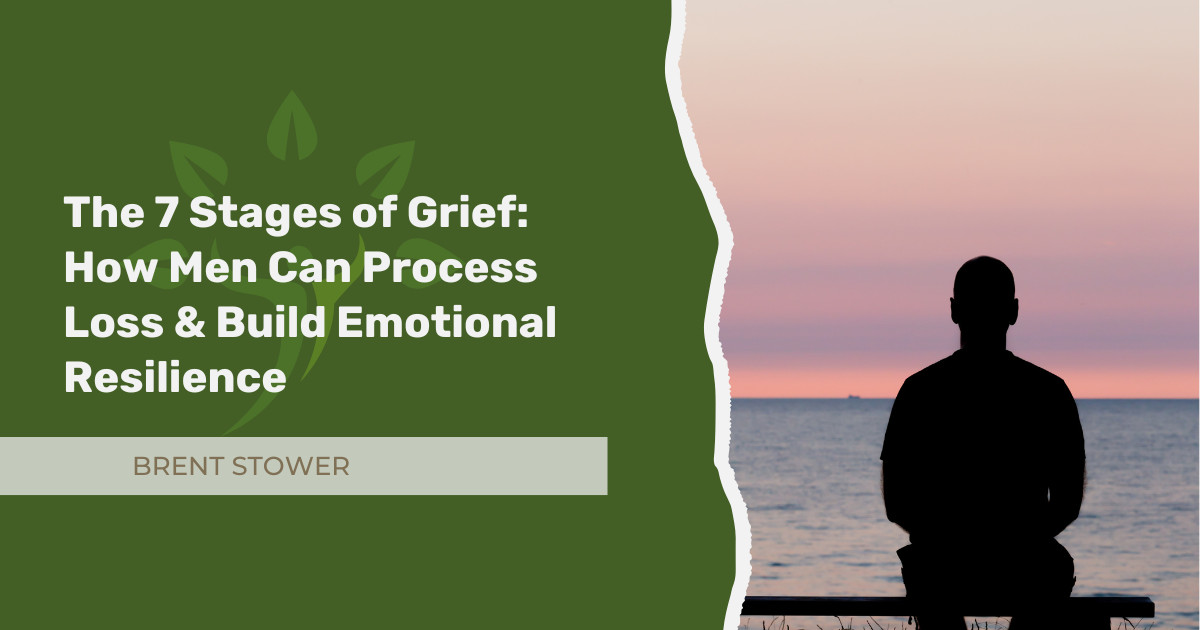



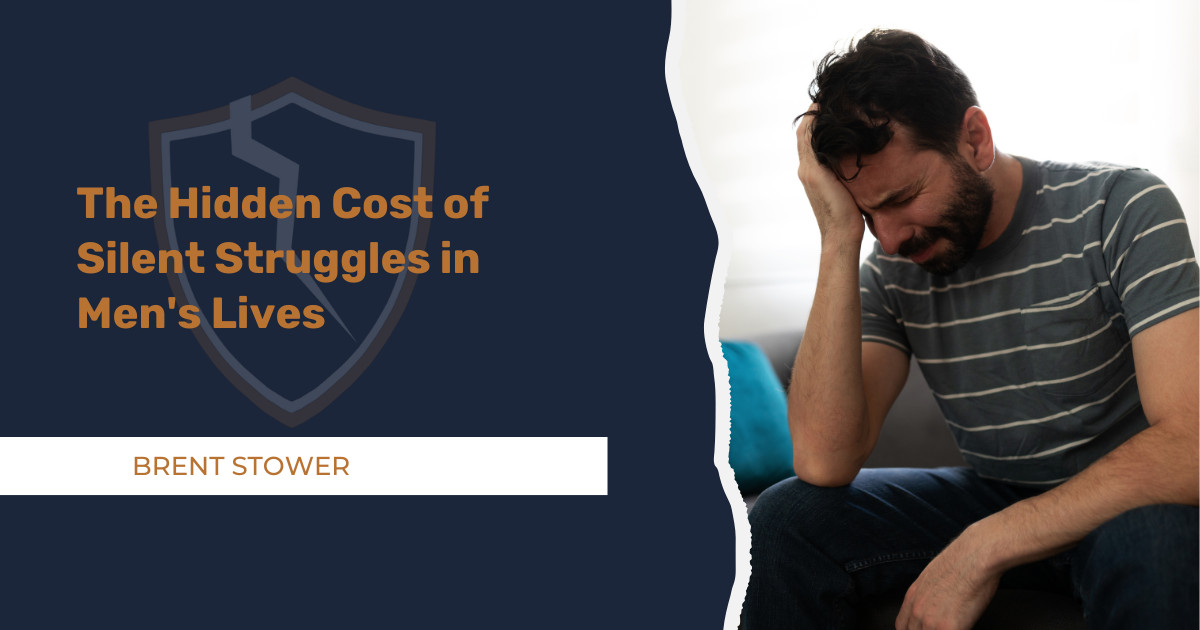
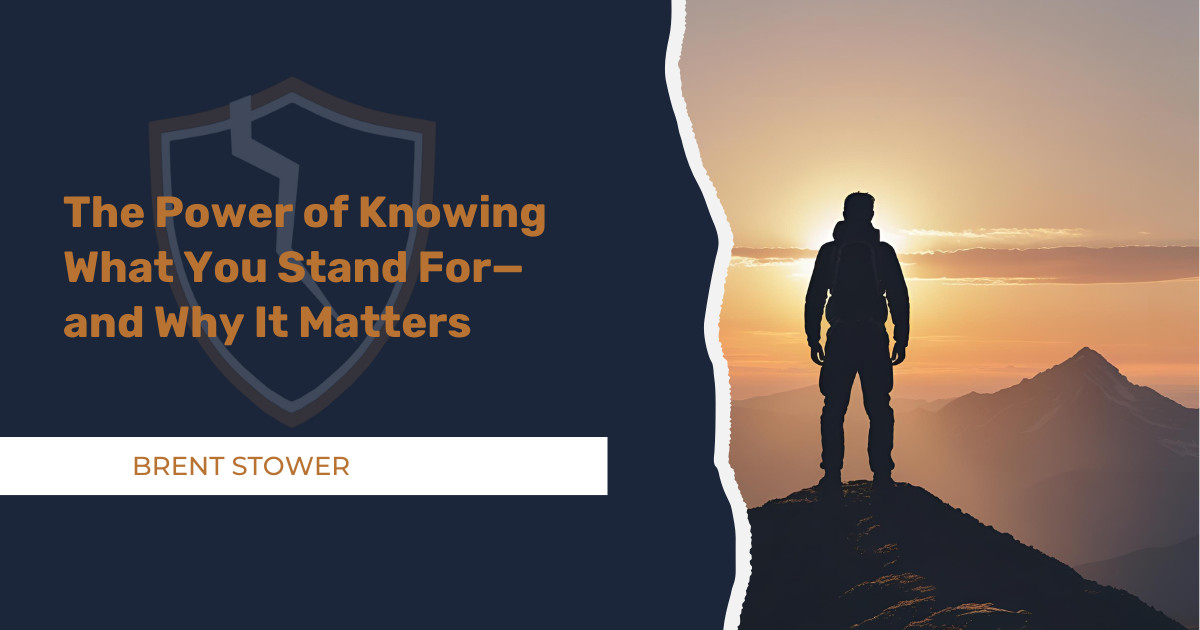
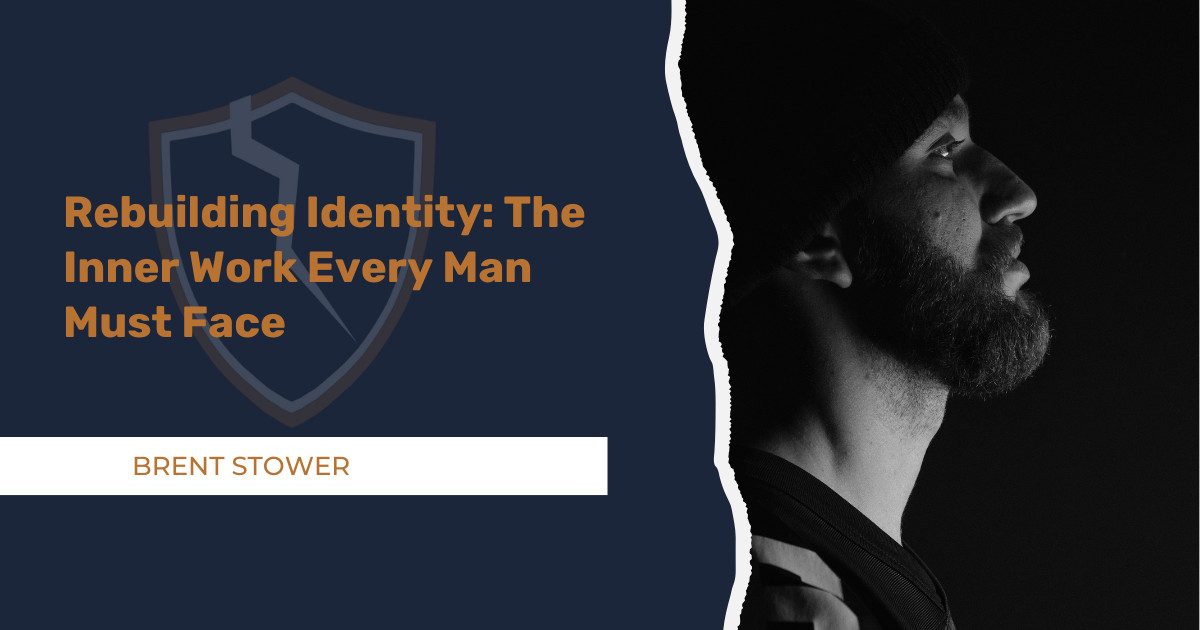
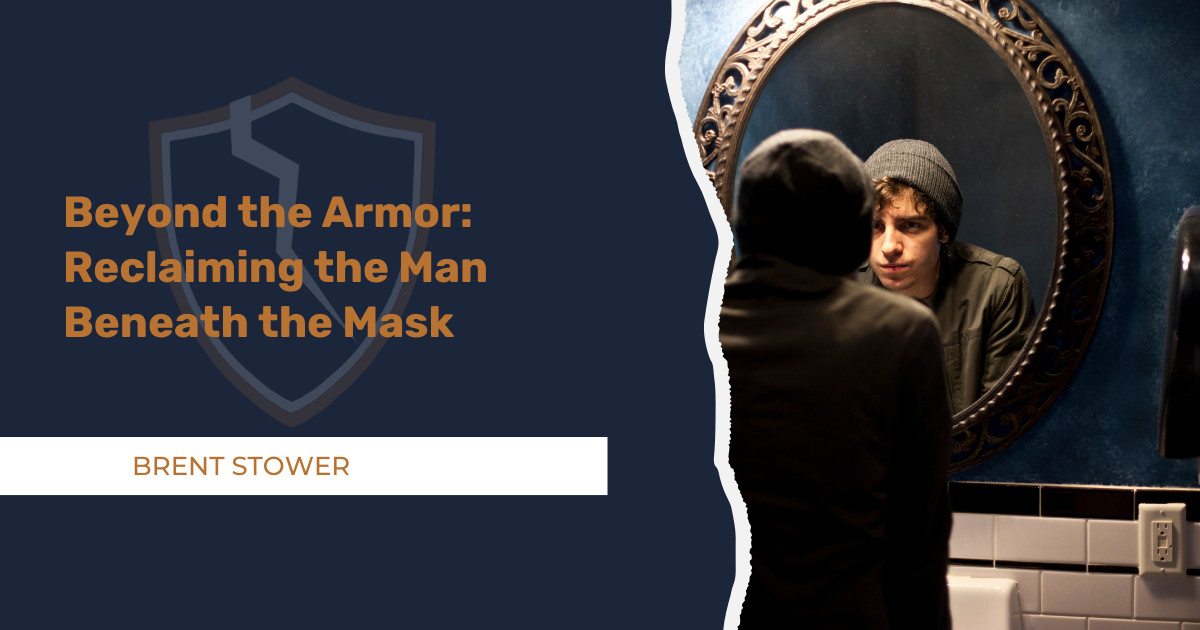
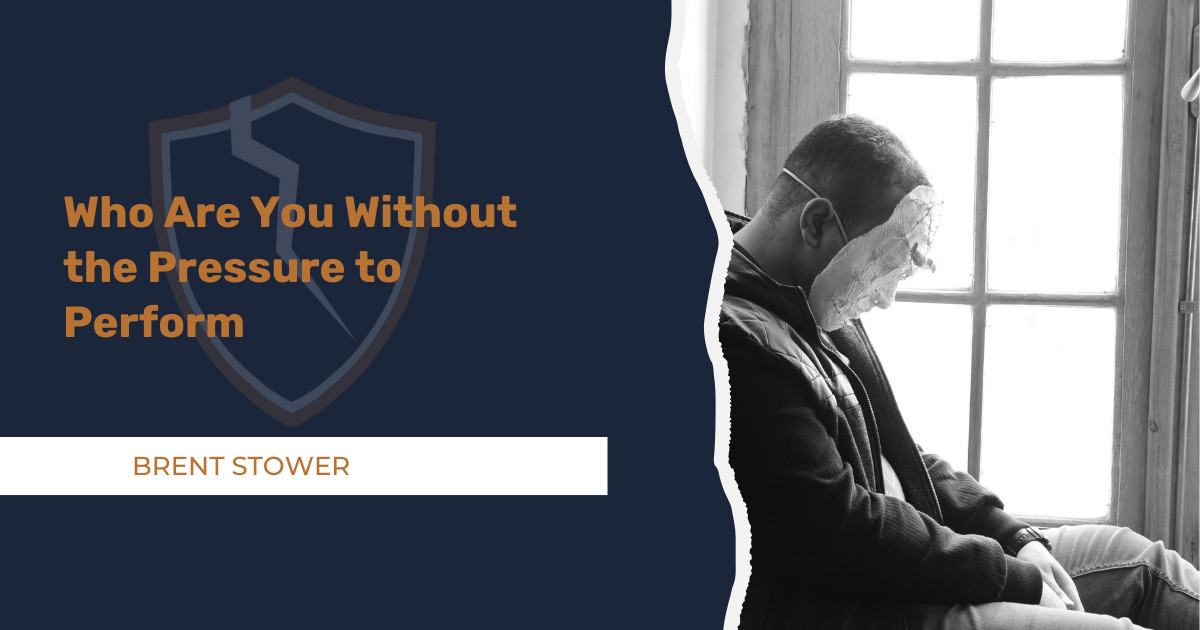
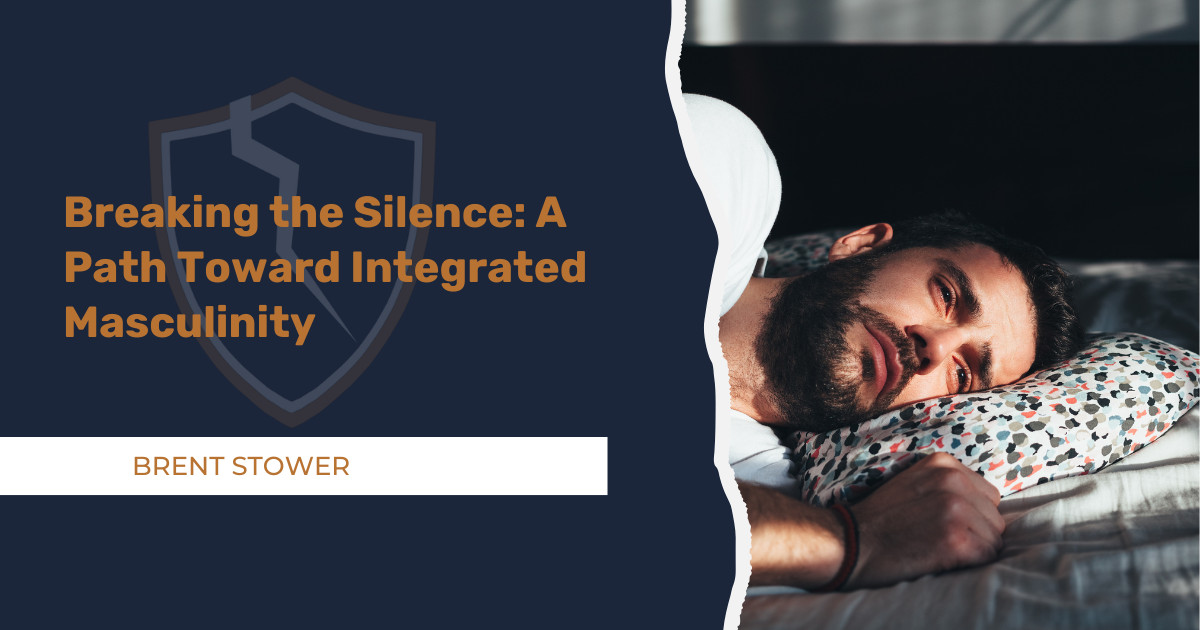
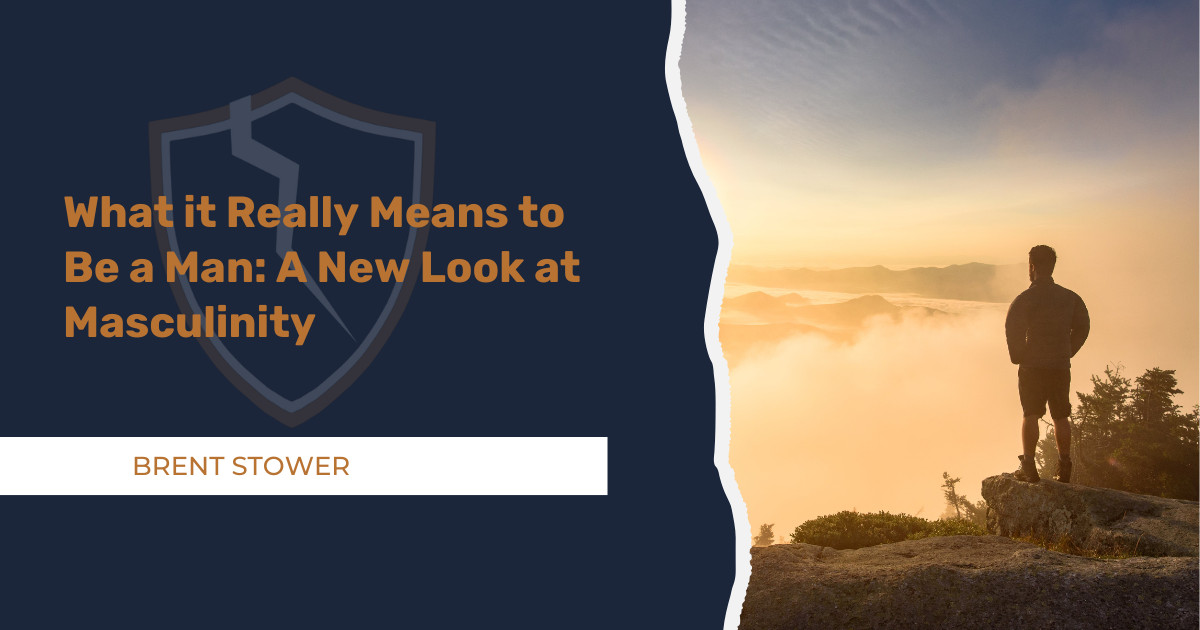
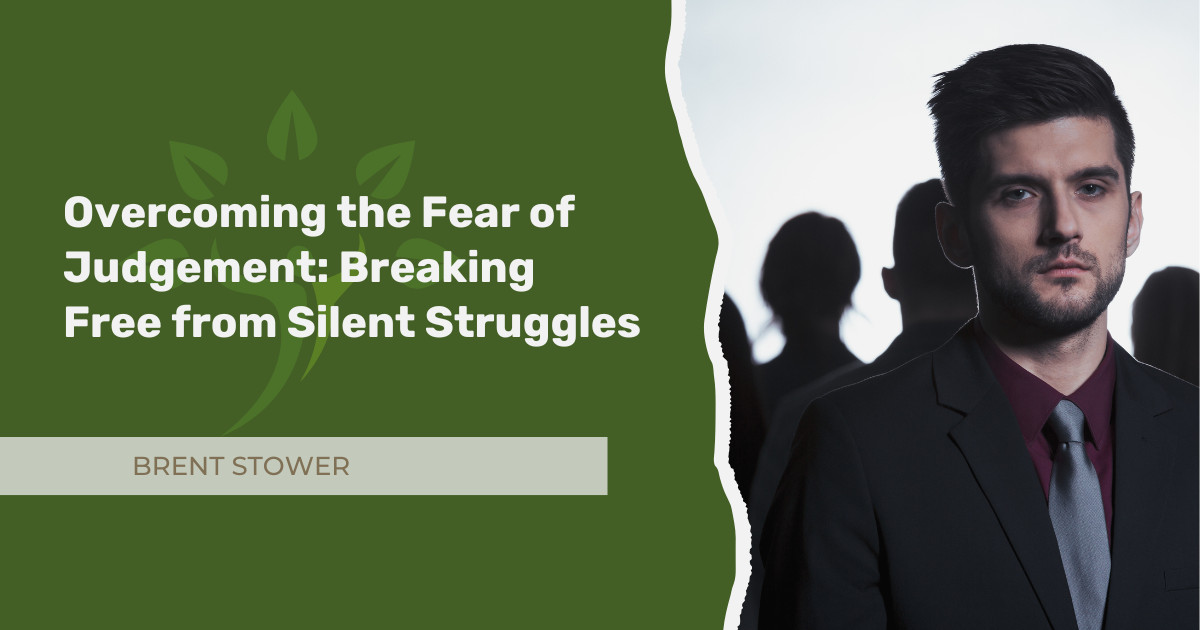




0 Comments